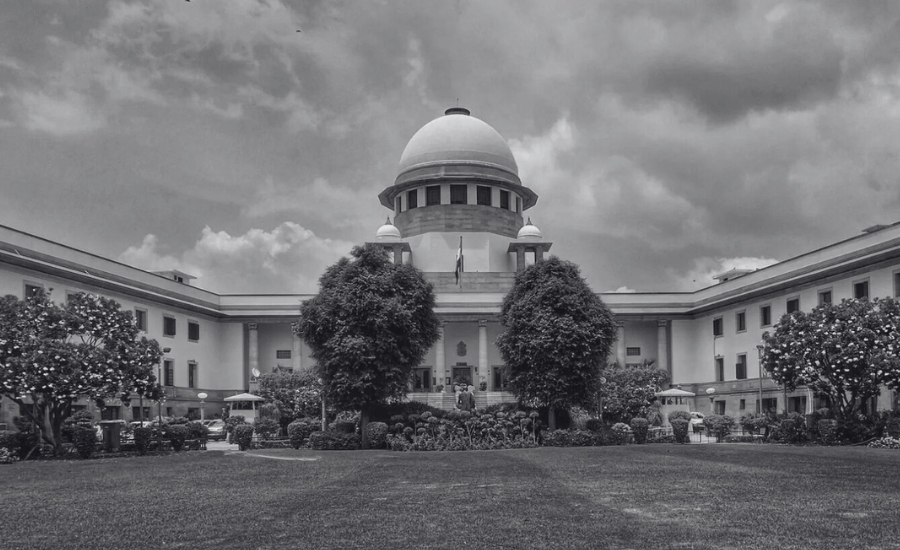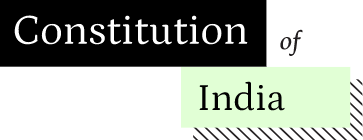
Recently, the President of India referred 14 legal issues for the Supreme Court’s opinion under Article 143(1) of the Constitution of India, 1950 [‘the Constitution’]. These issues relate broadly to the respective powers of the President, state Governors, and the Indian Courts (especially the Supreme Court) with respect to bills passed by state legislatures. This Presidential reference has generated considerable controversy. In particular, it has been argued that a two-judge bench of the Supreme Court directly answered most of these questions in a recent judgment. In this background, the reference has been criticised as an attempt to circumvent the ‘review’ and ‘curative’ mechanisms that must be invoked to challenge the Supreme Court’s judgments.
This article traces how the President’s power of reference came to be incorporated in the Constitution. To this end, it tracks whether and how this power was included in different ‘Historical Constitutions’, especially the Government of India Act, 1935. Further, the article excavates the journey of the President’s power of reference through the Constituent Assembly and its sub-committees, to its final incorporation under Article 143.
Provisions akin to Article 143(1) can be found in different Historical Constitutions, which are statutes or aspirational political documents that preceded the Constitution’s enactment. As early as 1928, the Nehru Report provided for the Governor-General-in-Council to refer certain disputes to the Supreme Court for its decision. Two decades later, the Socialist Party published the Draft Constitution of Indian Republic, which delineated its vision for the society, economy and polity of independent India. This document affirmed the President’s power to seek the Supreme Court’s opinion on crucial legal issues.
However, perhaps the most crucial source which influenced the incorporation of the President’s power of reference in the Constitution is Section 213 of the Government of India Act, 1935 [‘the GoI Act’]. The GoI Act was promulgated in a constitutional landscape where the executive’s power to seek the judiciary’s opinion was being asserted (and contested) in different common law jurisdictions, such as Australia, Canada, and the United States.1 The inclusion of Article 213 under the GoI Act perhaps reflected this trend.2 The texts of Article 143(1) and Section 213 are remarkably similar, with Section 213 empowering the Governor-General to seek the Federal Court’s opinion on significant legal issues. Further, Section 213 served as an anchor to include the Supreme Court’s advisory jurisdiction under the Indian Constitution. This is patent from the grounds on which the Constituent Assembly’s ad hoc Committee on the Supreme Court recommended that the President’s power of reference be retained in the Indian constitutional framework. A crucial basis for this recommendation was that “In spite of arguments to the contrary, it was considered expedient to confer advisory jurisdiction upon the Federal Court under the existing Constitution by section 213 of the Act”.
The Constituent Assembly’s Union Constitution Committee accepted the ad hoc committee’s conclusion regarding Presidential references.3 This decision may also have been influenced by how Sir B.N. Rau, the Constitutional Adviser to the Constituent Assembly, had included the President’s power of reference in his Memorandum for the committee’s reference.4 Sir B.N. Rau also included this power in the ‘Draft Constitution prepared by the Constitutional Adviser’, which was published in October 1947. This Draft Constitution provided a base for the deliberations of the Constituent Assembly’s Drafting Committee, which retained the President’s power of reference under Article 119 of its Draft Constitution of India (1948). Article 119 formed the foundation of Article 143 of the Constitution of India.
The Constituent Assembly and the Union Constitution Committee did not discuss the constitutional basis or implications of the President’s power of reference. Indeed, the Constituent Assembly’s limited deliberations on the President’s power of reference focussed on Article 119(2) of the Draft Constitution, which formed the foundation of Article 143(2) of the Constitution. Article 119(2) initially empowered the President to refer certain disputes for the Supreme Court’s decision, though such disputes were otherwise excluded from the Court’s original jurisdiction. The clause was deleted and later re-introduced in a modified form, such that the amended provision (Article 143(2) of the Constitution) empowered the President to refer such disputes only for the Supreme Court’s ‘opinion’. Therefore, the limited insight that the Constituent Assembly Debates provide regarding the President’s power of reference is that certain members understood the Supreme Court’s advisory role to be distinct from its judicial decision-making functions. On its part, the ad hoc committee’s report merely indicated that there existed “…considerable difference of opinion amongst jurists and political thinkers…” regarding whether the Supreme Court must be duty-bound to answer such references. However, this difference of opinion was not further explored in the report.
Conclusion
The President’s power of reference under Article 143(1) of the Constitution has parallels across different Historical Constitutions, and in committee documents that were generated while the Indian Constitution was being drafted. Further, neither the relevant committee documents nor the Constituent Assembly Debates delved into the contestations surrounding this power in Indian and foreign legal circles. This suggests that there was a broad consensus amongst the members of the Constituent Assembly and its sub-committees that the President’s power of reference ought to be incorporated in the Constitution. However, the controversy surrounding the President’s recent reference suggests that the Supreme Court’s advisory jurisdiction remains a site for contestation in India, as such references by executive authorities have remained in other countries.
- See pages 2686-2687 of H.M. Seervai’s Constitutional Law of India: A Critical Commentary (Volume III), 4th edition (published by the Universal Law Publishing Co. Pvt. Ltd.) (2004). [↩]
- See ibid. [↩]
- For the relevant deliberations of the Union Constitution Committee, see ‘Minutes of the Meetings of the Union Constitution Committee (May-August 1947)’, minutes for meeting dated June 11, 1947, in Volume II of the Framing of India’s Constitution: Select Documents edited by B. Shiva Rao. For the relevant portion of the committee’s final report, see clause 18 of the Report of the Union Constitution Committee. [↩]
- See Article 64 of the ‘Memorandum on the Union Constitution and draft clauses prepared by the Constitutional Adviser’ dated May 30, 1947, in Volume II of the Framing of India’s Constitution: Select Documents. [↩]
